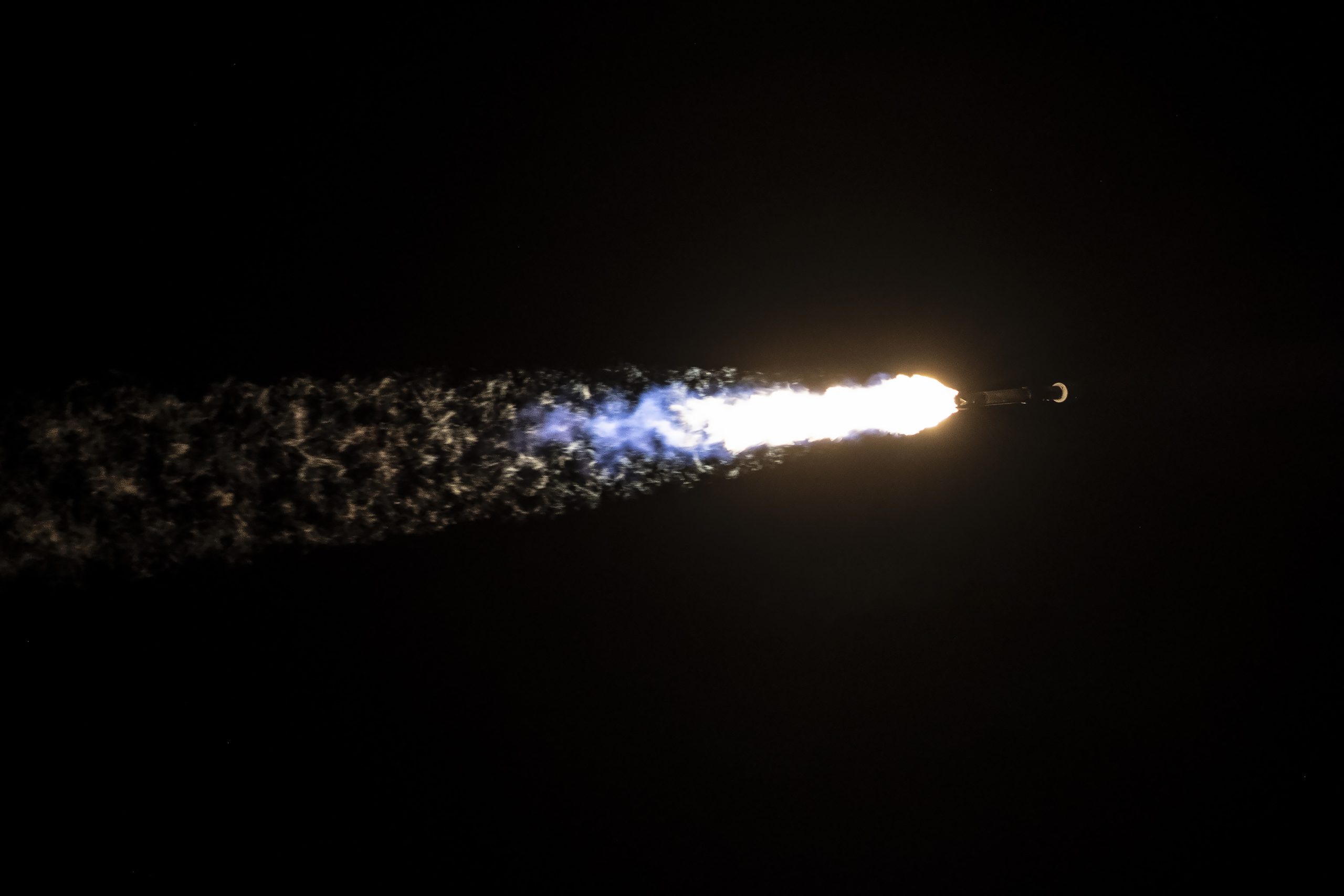- cross-posted to:
- realtesla
- cross-posted to:
- realtesla
SpaceX’s Starlink satellite internet constellation has lost more than two hundred satellites in low Earth orbit (LEO) since July, according to data from a satellite tracking website. This is the first time that Starlink has lost a significant number of satellites in a short time period, and these losses are typically influenced by solar flares that cause changes in orbit and damage or destroy the spacecraft. The nature of the satellites, i.e. their model, is unclear, and if they are the newer Starlink satellites that SpaceX regularly launches, then the firm will have to conduct at least nine Falcon 9 launches to make up for the satellites lost.
Since it is a SpaceX subsidiary, Starlink has rapidly built the world’s largest LEO satellite internet constellation and the world’s largest satellite constellation by rapidly launching them through the Falcon 9 rocket. However, upgrades to the spacecraft and constraints with the Falcon 9 have reduced the number of satellites that the firm can launch, with its latest launches seeing roughly 22 satellites per launch for a nearly one-third reduction over the 60 satellites that SpaceX launched during the early days of the Starlink buildout.
The newer satellites are second-generation spacecraft that SpaceX received the launch authorization from the FCC less than a year back. They are more powerful and are thus larger and heavier than the earlier satellites, which limits the Falcon 9 ability to squeeze large numbers inside a single payload fairing.
Satellites in orbit or space have to face off against various hazards that can damage or put them out of commission. SpaceX faced one such event in February 2022, when a solar flare damaged at least 40 of the recently launched satellites. SpaceX confirmed this and shared that the heat from the solar flare increased atmospheric density and made it impossible for the satellites to maintain their trajectory.



Sorry English isn’t my first language so I meant 1000 km far from networking infrastructure. Not stretched out over 1000 km.
Linus isn’t professional. I just want you to have an idea of the cost. Specifically the fiber optic cables.
That doesn’t include maintenance, professional installation, and hardware to distribute the connection to multiple users / houses.
Even wireless solutions would not make it viable. I am not an expert but I would assume you need 100 towers for 1000 km (a tower for each 10 km) to relay data to keep speed and stable connection in check.
The average cost of a barebone cellular tower in USA is $250k without networking hardware. This would result in $25,000,000 just for towers.
If each person in the town of 1000 subscribed and paid $100 monthly it’d be $100k a month which I don’t think would cover the operation expenses of the service.
I understand a lot more about this than you’re assuming.
I’ve seen this Linus video, plus I’ve seen projects like these work and have a good grasp on the cost. The Linus video can’t explain any of that, And he’s pretty clueless in general.
There’s a reason google and other companies use wireless and cell for this exact reason. Building ands maintenance is cheaper than satellites.
Your estimates assume totally new infrastructure, but that’s not the case for most rural communities. They have existing infrastructure that can be upgraded. You’re also wrongly assuming they’re going to put up towers across this distance. They would only put them where needed.
More importantly this is in comparison to satellites, which are even more expensive and this particular low orbit has a short lifespan.
It’s not a solution for the cabin in the top of Mount Everest or the middle of the ocean, but as i said in my original reply they are best for the vast majority of people.
There is a need for satellite communication comms, but we have it already today. I’m just not convinced this particular project is worth the cost.
Again most importantly, there’s not a ton of evidence that people living in remote areas want broadband.
Totally agree.
They must have cellular coverage to begin with so they don’t probably need towers.